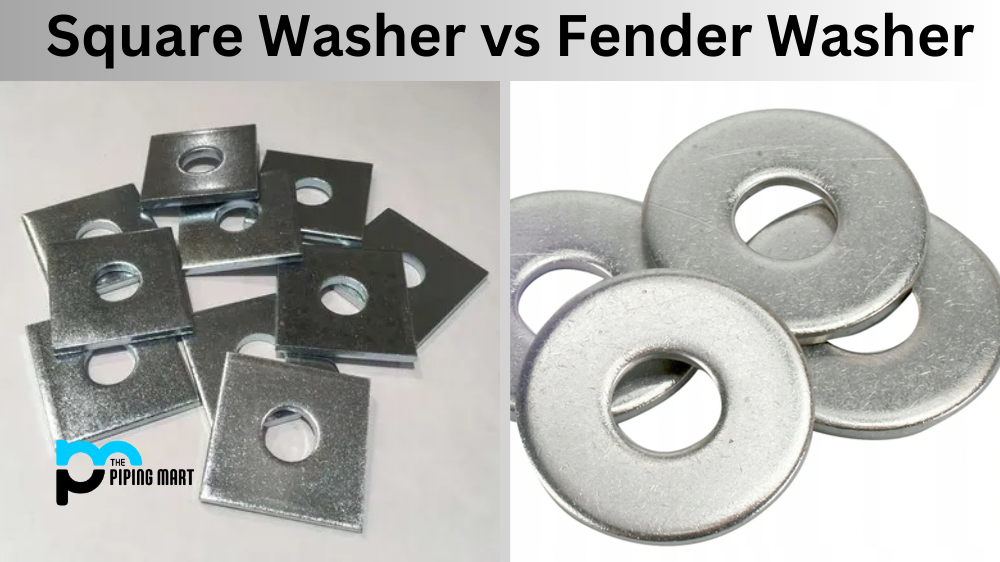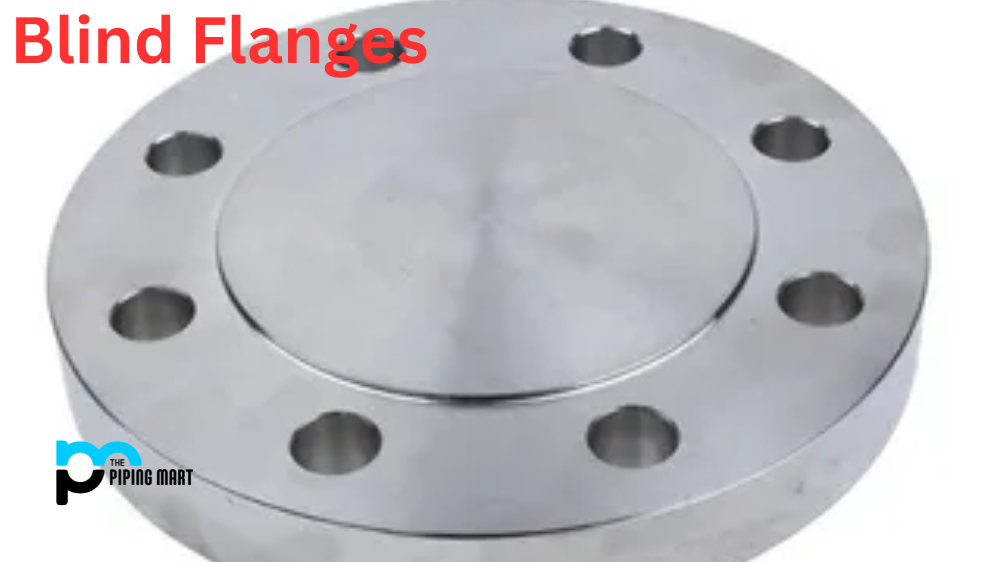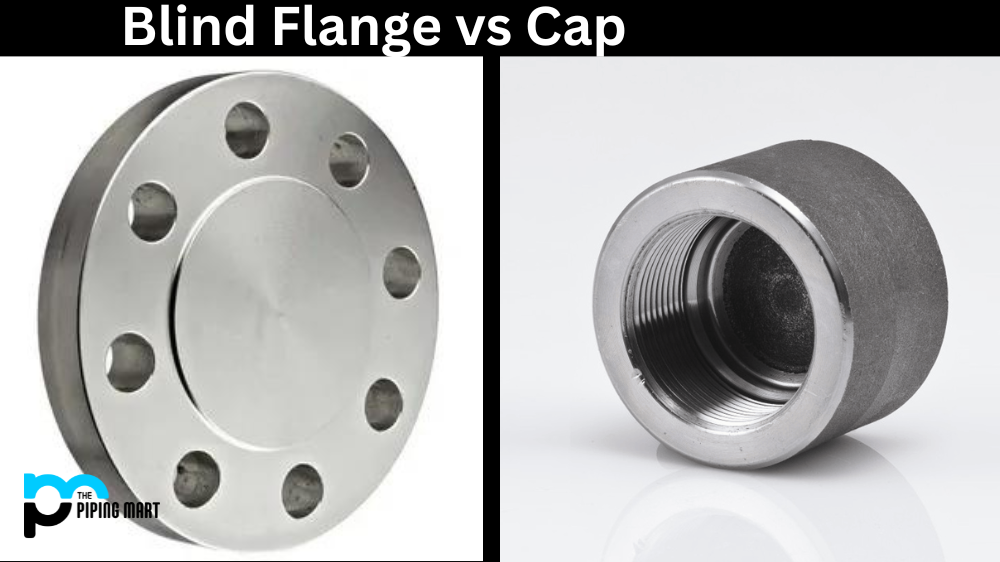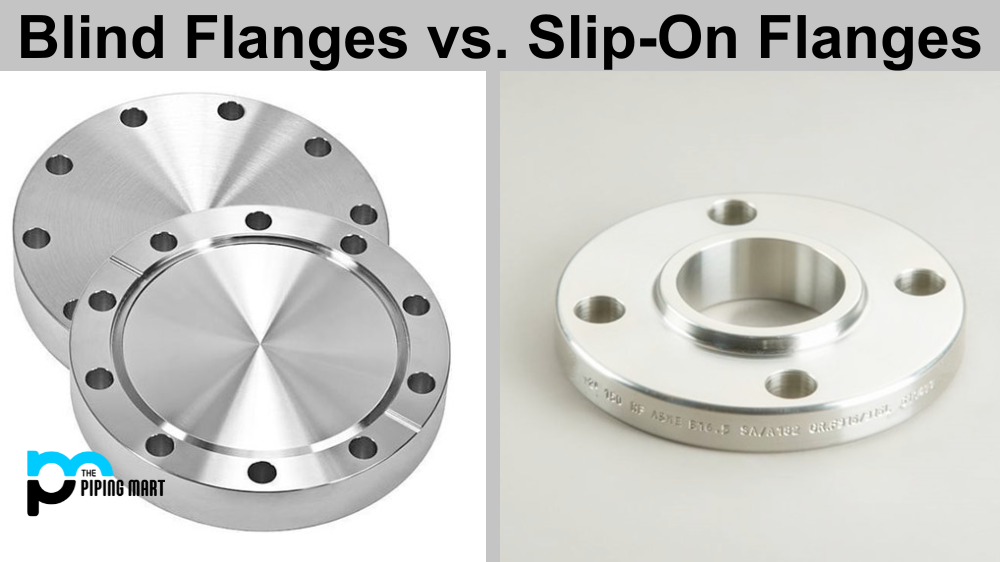Flanges are an important component used in piping systems. They are used to connect pipes, valves and other piping equipment in a seamless and leak-proof manner. Flanges come in different types and sizes, each with its unique features and functionality. Two important types of flanges used in piping systems are the Spacer Blind Flange and Slip-On Flange. In this blog post, we will discuss the differences between these two flanges, and help you understand which flange is best suited for your piping system.
What are Spacer Blind Flange?
Spacer Blind Flanges are used in piping systems to connect pipes, valves and other equipment, while also providing a blanking off effect. They are also used when there is a need to inspect or clean a section of the piping system. Spacer Blind Flanges have a raised face on one side and a flat face on the other side. The raised face is used to align the two flanges, while the flat face provides a leak-proof sealing surface. The spacer between the two flanges is used to maintain proper alignment during maintenance work. Spacer Blind Flanges are used in high-pressure piping systems, and are commonly available in sizes ranging from ½ inch to 48 inches.
What are Slip-On Flange?
Slip-On Flanges are also used to connect pipes, valves and other equipment in piping systems. They are easier to install compared to other types of flanges, and have a low cost of maintenance. Slip-On Flanges have a flat face on one side and are slipped onto the pipe before welding it into place. They are commonly used in low-pressure piping systems. Slip-On Flanges are available in sizes ranging from ½ inch to 60 inches.
The Differences Between Spacer Blind Flange and Slip-On Flange:
The main difference between these two flanges is the way they are used. Spacer Blind Flanges are used when there is a need to blank off a section of the pipeline, while Slip-On Flanges are used to connect pipes. Spacer Blind Flanges are commonly used in high-pressure piping systems, while Slip-On Flanges are used in low-pressure piping systems. Another difference is that Spacer Blind Flanges have a raised face on one side, while Slip-On Flanges have a flat face on both sides. Spacer Blind Flanges also have a spacer between the two flanges, while Slip-On Flanges do not have a spacer.
Which Flange is Best Suited for Your Piping System?
The decision on which flange to use in your piping system will depend on several factors such as the type of fluid flowing through the pipes, the pressure in the piping system and the temperature of the fluid. If you have a high-pressure piping system, then the Spacer Blind Flange is the best choice. If you have a low-pressure piping system, then the Slip-On Flange is the best choice. You can also consult with an expert in piping systems to recommend the best flange for your specific piping system.
Conclusion:
We hope that this article has helped you understand the differences between Spacer Blind Flange and Slip-On Flange. Knowing the difference between these two types of flanges is important when selecting the best flange for your piping system. If you are still unsure which flange to choose, consulting with a professional in the industry will be your best bet. Remember, choosing the right flange will ensure that your piping system is leak-proof and efficient.
Sakshee is a talented blogger, with a particular focus on the Business and Metal Industry. She is passionate about sharing her insights on various metal products and helping professionals to make a better decisions.




